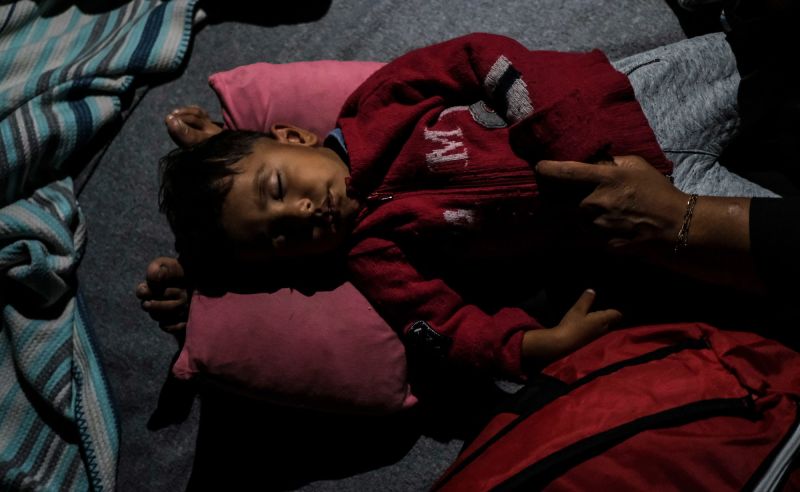Moria Migrant Camp: Aftermath of the Fires
The Moria migrant camp, on the Greek island of Lesbos, was left in ruins after massive fires broke out at the site on Tuesday, September 9.
Desperate Conditions
The camp, which housed an estimated 13,000 individuals, was more than six times its maximum capacity of 2,200 people, making it the largest migrant camp in Europe. Greek authorities announced plans to establish a new camp to accommodate the displaced. However, in the interim, many individuals have turned to sleeping on roads, in gas stations, and even a nearby cemetery.
Challenges Faced by Migrants
Migrants have reported waiting for hours to access bathroom facilities and sometimes spend an entire day queuing for food.
“It’s pretty desperate,” said photographer Byron Smith, who has been documenting the situation since the fires erupted. “I like to call myself some kind of problem-solver; I have a vision of how things could function ideally. Nevertheless, I have no solution for the current predicament.”
Transporting Supplies
Army helicopters are currently transporting tents and essential supplies to the new temporary camp. Nonetheless, many migrants remain uncertain about what their next steps are.
“They have no idea who to talk to there,” Smith mentioned. “There seems to be a disconnect between governmental authorities and the migrants. The situation feels chaotic, although it is surprisingly peaceful for the moment.”
Visual Documentation of the Crisis

Ongoing Struggles

A Glimpse into Life Post-Fire

Conclusion
The situation at the Moria camp exemplifies the ongoing struggles faced by migrants in Greece. As they navigate uncertainty and displacement, the resilience of these individuals is evident, but they still need substantial support to regain their footing. For further information on humanitarian efforts, consider exploring resources provided by various international organizations.





